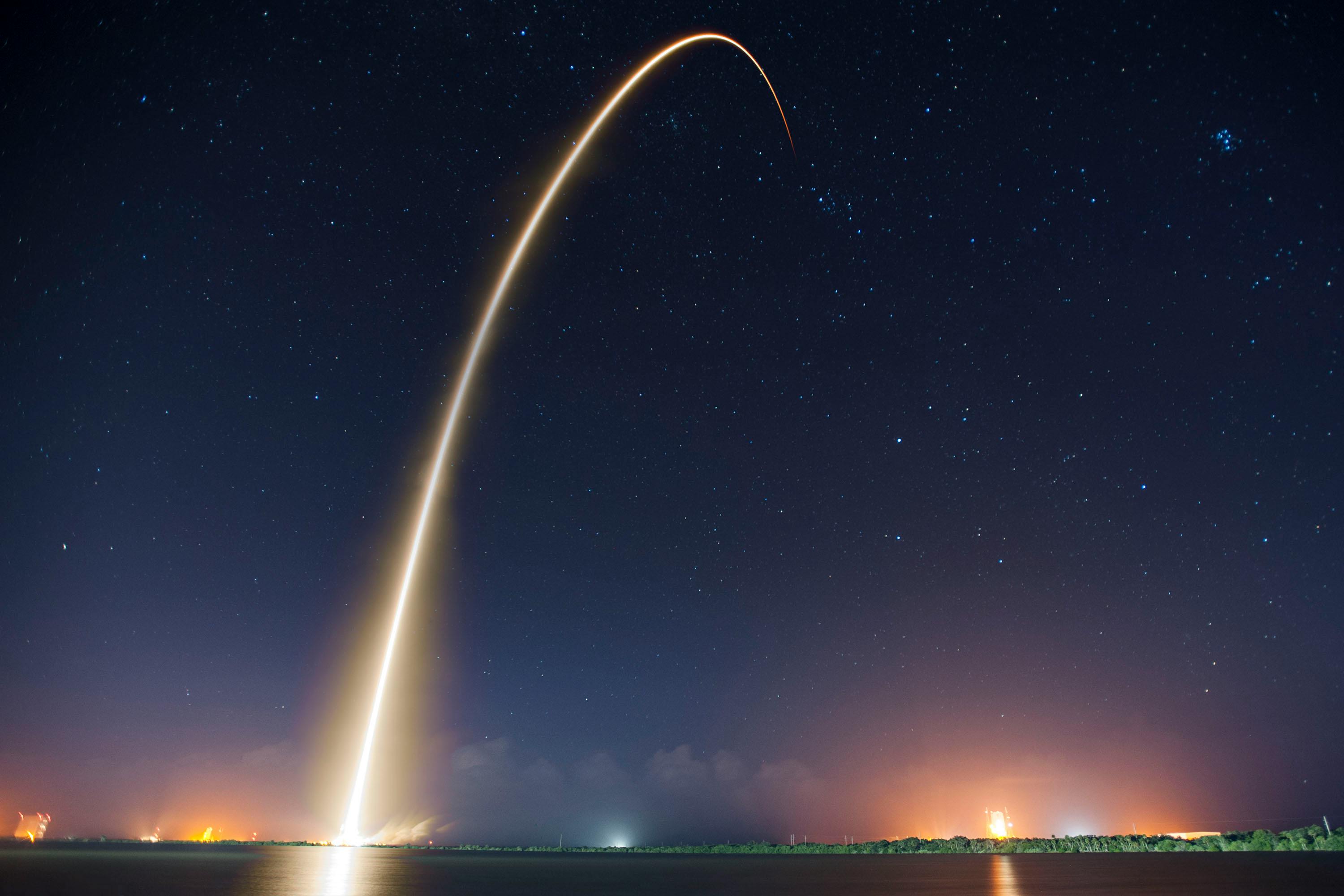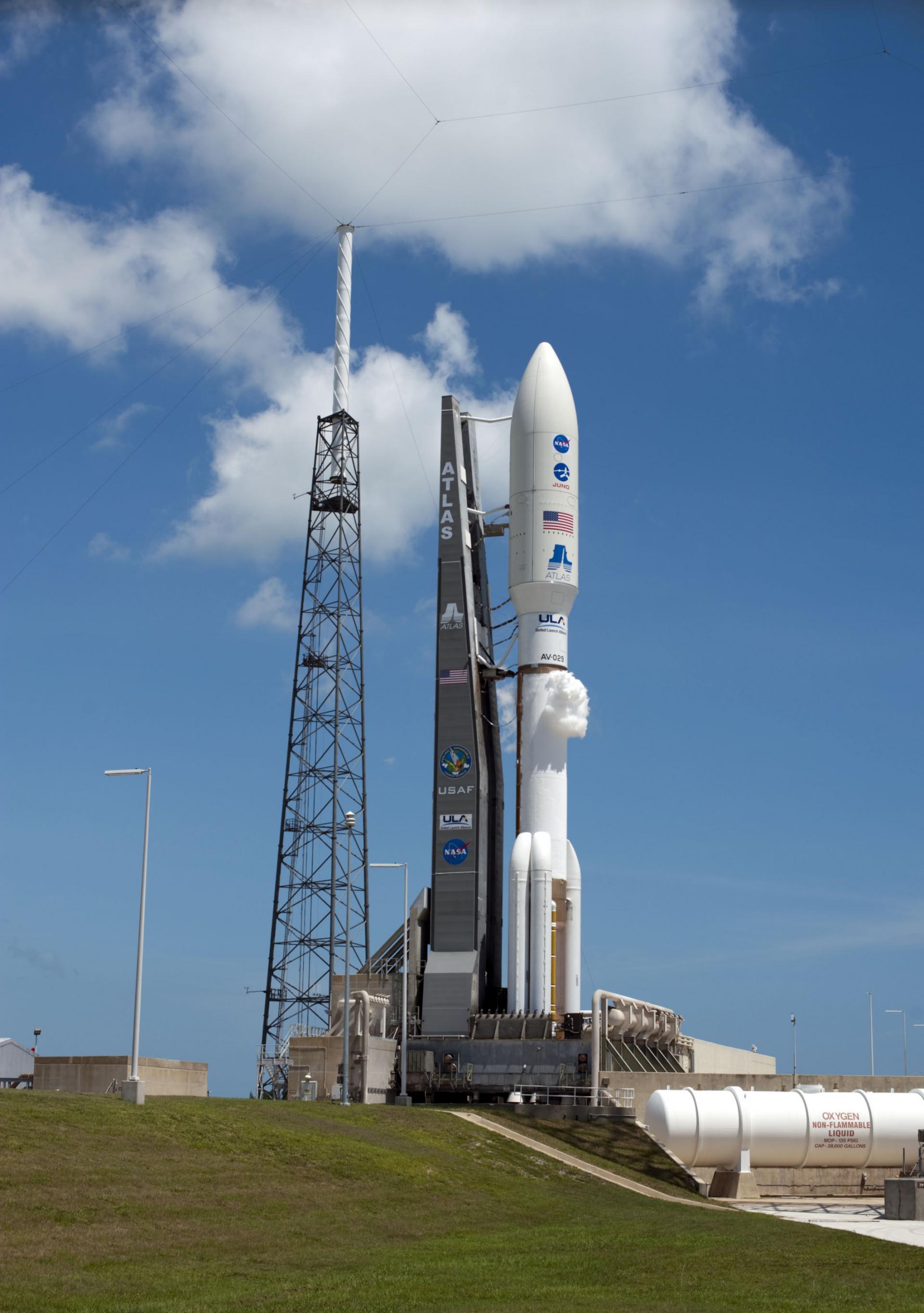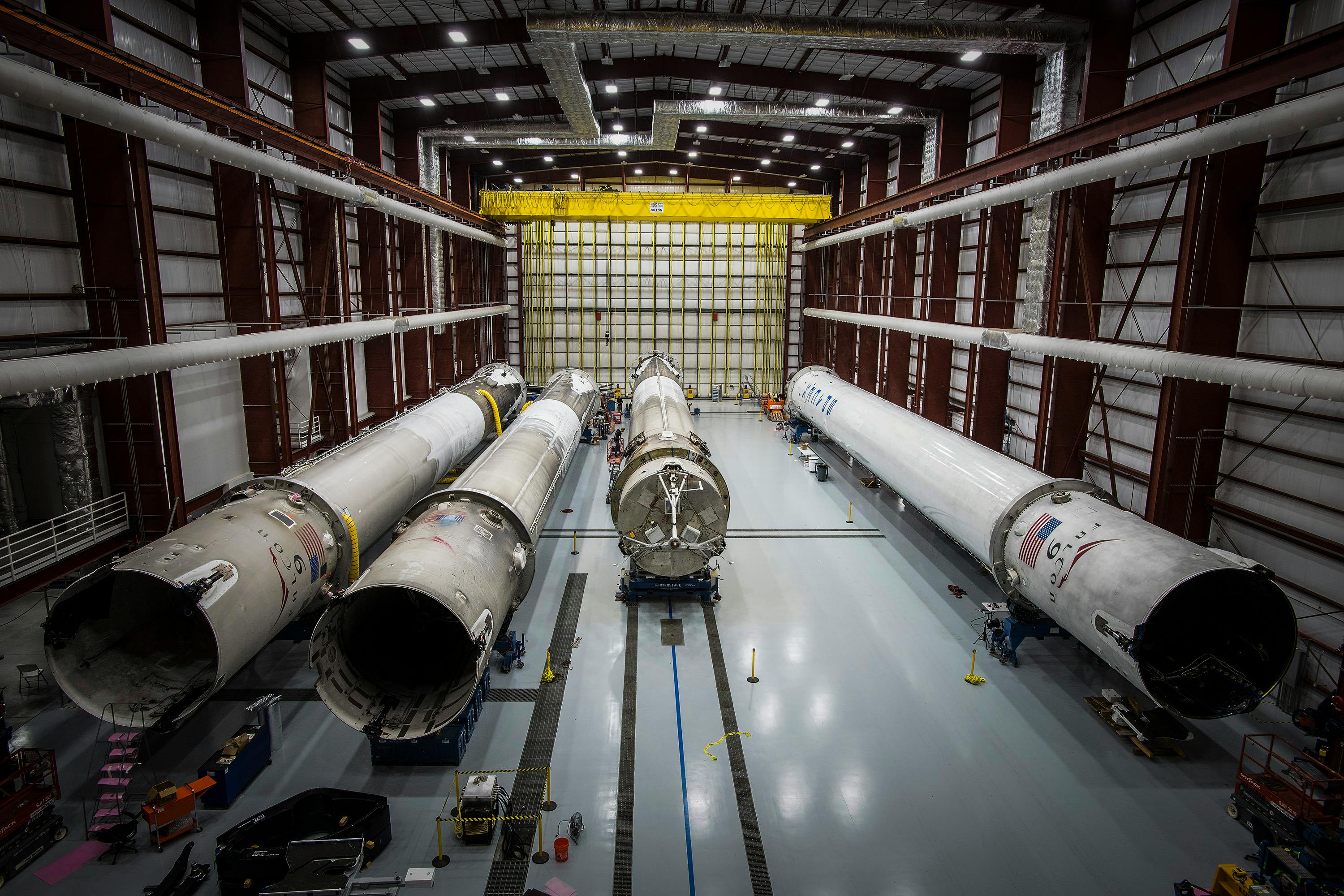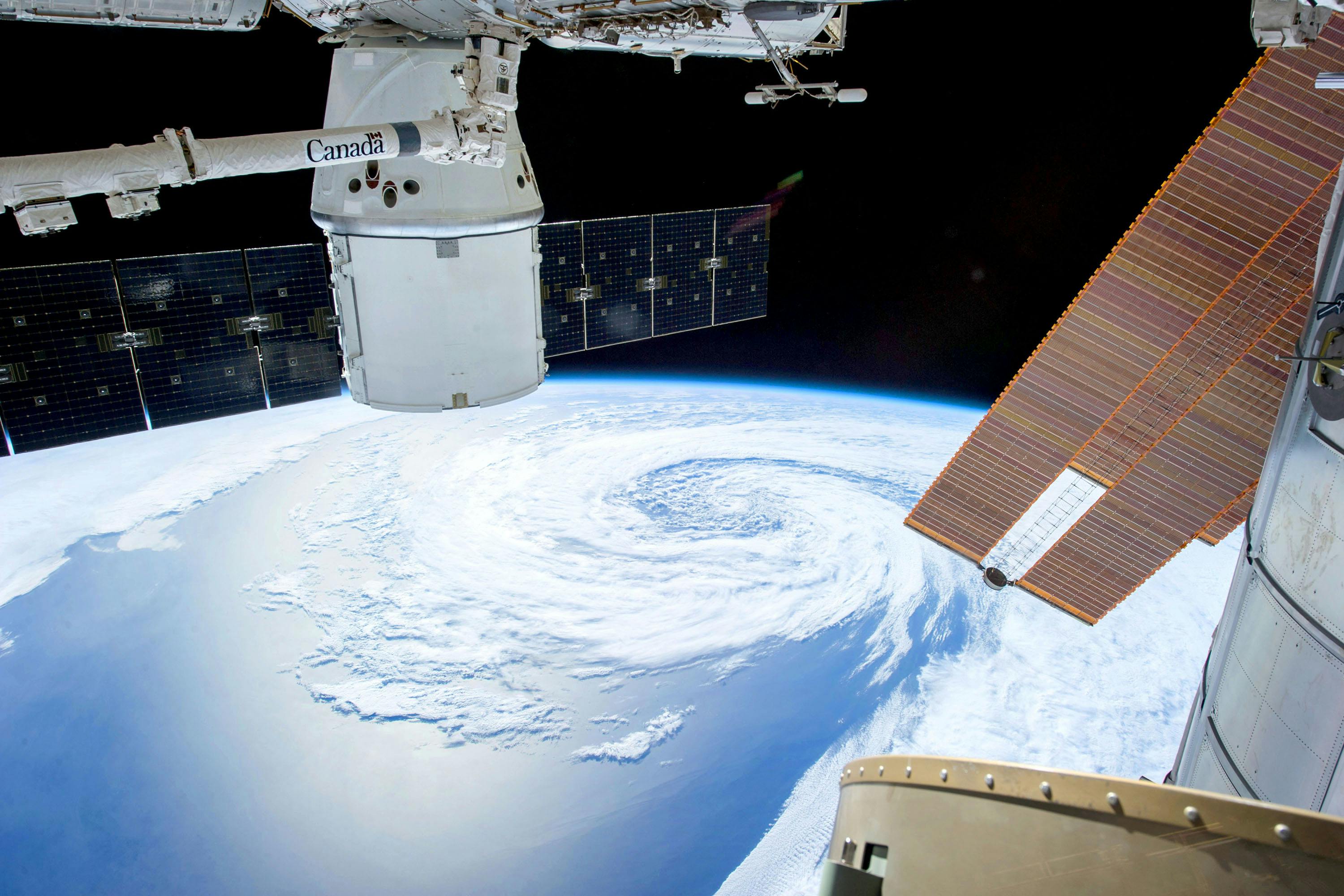· space brief · 6 min read
Space Brief 22 Jun 2025
Today's briefing covers a last-minute abort of a SpaceX Starlink launch, NASA's preparation for hypersonic tests, Airbus's progress in its space business, and more exciting developments in satellite tracking and reusable spaceflight.

📄Top Stories
SpaceX experienced a late-stage launch abort for its Starlink 10-23 mission due to a weak signal from the flight termination system. Meanwhile, NASA is advancing its hypersonic test capabilities with the Fiber Optic Sensing System. Airbus reports a positive turnaround in its space business operations, and Honda has stepped into the reusable rocket market with success.
📰Detailed Coverage
SpaceX Calls Last-Minute Abort on Starlink 10-23 Launch
SpaceX was forced to call a last-minute abort of its Starlink 10-23 mission due to a weak signal from the flight termination system. This launch was meant to be the 260th orbital mission for the company from Cape Canaveral. The timely detection of the signal issue demonstrates the critical importance of robust safety systems in space launches.
Though disappointing, the incident highlights the advanced satellite tracking systems SpaceX employs, underscoring the need for precise communications in preventing potential orbital mishaps. For satellite tracking enthusiasts, our web app offers tools to follow such developments closely.
Read the full story: Space Flight Now
NASA Prepares for Hypersonic Flight Testing
NASA’s Armstrong Flight Research Center is gearing up for its hypersonic test flights involving the new Fiber Optic Sensing System (FOSS). This crucial sensor technology will offer unprecedented insights into temperature and structural strain on high-speed vehicles, marking an essential step forward in hypersonic research.
Scheduled for summer 2025, these tests will enhance NASA’s research in vehicle safety and performance. This initiative stands to substantially impact air and space travel technologies, advancing our understanding of high-speed flight and highlighting the importance of innovations in aerospace technology.
Read the full story: Space Daily
Airbus Announces Progress in Space Business Turnaround
Airbus is reportedly making significant strides in reviving its space business division, with executives hinting at potential mergers with other key European entities in the near future. The turnaround efforts appear to be yielding positive results for the aerospace giant.
This development is crucial for Europe’s competitiveness in the global space industry, potentially impacting satellite manufacturing and other space ventures. Such strategic realignments may revitalize Airbus’s role in the commercial satellite landscape.
Read the full story: Space News
Honda Enters Reusable Spaceflight Arena
Honda has made a splash in the space sector with its successful test of a reusable rocket vehicle. The company’s recent announcement reveals a low-altitude hop of a test platform designed to eventually support reusable spaceflight.
Honda’s move signifies growing interest and competition in reusable rocket technologies, which are key to reducing the cost of access to space. This development suggests that more players are entering the arena, possibly leading to innovations and lower satellite deployment costs.
Read the full story: Space Explored
Recent Explosion Will Not Affect Falcon 9 Launches
Despite a recent setback with the Starship program, SpaceX’s reliable Falcon 9 rocket launch schedule remains unaffected. The explosion of Starship Ship 36 has not impacted Falcon 9 operations, ensuring that the historic launch rate continues unabated.
The separation of these programs illustrates the resilience and compartmentalization within SpaceX’s broader launch agenda, providing assurance to stakeholders and the space community about ongoing and future Falcon 9 missions.
Read the full story: Space Explored
Multimedia Performance to Make History in Microgravity
In an unprecedented collaboration, Cirque du Soleil, National Geographic, and NASA are teaming up for the world’s first multimedia performance in microgravity. This unique event, set to take place aboard a Zero-G flight, promises to present stunning visuals and performances in a new context.
This endeavor pushes the envelope of entertainment and science, offering fresh perspectives on how art and technology can merge in space environments, paving the path for similar future endeavors in orbital settings.
Read the full story: Space.com
🛰️Satellite Spotlight
- Satellite Name: COSMOS 1809
- NORAD ID: 17241
- Launch Date: December 18, 1986
- Mission: COSMOS 1809 was designed for scientific research in space.
- Orbit: Low Earth Orbit (LEO)
- Operator: IK
- Fun Fact: COSMOS 1809 is part of the Soviet Union’s series of military and scientific satellites, showcasing the dual-use nature of such space technology during the Cold War.
Track this satellite in real-time on our web app: Track COSMOS 1809
🌌Space Weather
Space weather conditions are currently quiet.
Current
R0 - S0 - G0
Last 24 Hour Maximums
R0 - S0 - G0
Recent Alerts
- Geomagnetic Activity: A series of alerts for a geomagnetic K-index of 4 were issued, indicating periods of geomagnetic activity primarily affecting regions poleward of 65 degrees geomagnetic latitude. Minor fluctuations in power grids may occur, and auroras could be visible in high latitude areas such as Canada and Alaska.
Next 24 Hours
-
Radio Blackouts Probability
- Minor: 55
- Major: 10
- Risk: None
-
Solar Radiation
- Probability: 10
- Risk: None
-
Geomagnetic Storming
- Scale: 0
- Impact: none
- Activity: Low
-
Impact Summary
- Next 24 hours: No risk of radio blackouts or solar radiation storms. Geomagnetic activity is expected to remain low, with no significant storms forecasted.
Long Term Forecast
- Solar Activity: Solar activity is anticipated to range from low to high levels through 12 July 2025. Minor to moderate radiative events (R1-R2) are expected, with potential for strong (R3) events during certain periods.
- Geomagnetic Activity: G1 (Minor) storm levels may occur on specific dates due to various solar influences. Active conditions are likely on multiple days due to passing coronal mass ejections and high-speed solar wind streams.
🚀 Upcoming Space Launches
June 22
-
Blue Origin New Shepard | NS-33:
- Mission: 13th crewed flight for the New Shepard program
- Launch Site: West Texas Suborbital Launch Site, Corn Ranch, Van Horn, TX, USA
- Launch Time: 12:30 UTC
-
SpaceX Falcon 9 Block 5 | Transporter 14 (Dedicated SSO Rideshare):
- Mission: Rideshare flight to a sun-synchronous orbit with dozens of small microsatellites and nanosatellites
- Launch Site: Space Launch Complex 4E, Vandenberg Space Force Base, CA, USA
- Launch Time: 21:18 UTC
June 23
-
SpaceX Falcon 9 Block 5 | Starlink Group 10-23:
- Mission: Deployment of 27 satellites for the Starlink mega-constellation
- Launch Site: Space Launch Complex 40, Cape Canaveral Space Force Station, FL, USA
- Launch Time: 05:25 UTC
-
United Launch Alliance Atlas V 551 | Project Kuiper (KA-02):
- Mission: Deployment for Amazon’s Project Kuiper satellite constellation for broadband internet access
- Launch Site: Space Launch Complex 41, Cape Canaveral Space Force Station, FL, USA
- Launch Time: 10:54 UTC
June 25
- SpaceX Falcon 9 Block 5 | Starlink Group 10-34:
- Mission: Deployment of satellites for the Starlink mega-constellation
- Launch Site: Space Launch Complex 40, Cape Canaveral Space Force Station, FL, USA
- Launch Time: 05:32 UTC
June 28
- SpaceX Falcon 9 Block 5 | Starlink Group 15-7:
- Mission: Deployment of satellites for the Starlink mega-constellation
- Launch Site: Space Launch Complex 4E, Vandenberg Space Force Base, CA, USA
- Launch Time: 16:43 UTC
June 30
-
Rocket Lab Electron | 6x HawkEye 360:
- Mission: Deployment of civil global intelligence satellite network using RF technology
- Launch Site: Rocket Lab Launch Complex 2 (Launch Area 0 C), Wallops Flight Facility, Virginia, USA
- Launch Time: 00:00 UTC
-
Rocket Lab Electron | Symphony In The Stars:
- Mission: Deployment to a 650km circular Earth orbit for a confidential commercial customer
- Launch Site: Rocket Lab Launch Complex 1B, Mahia Peninsula, New Zealand
- Launch Time: 00:00 UTC
-
SpaceX Falcon 9 Block 5 | Axiom Space Mission 4:
- Mission: Crewed mission with a professionally trained commander and three private astronauts to the International Space Station
- Launch Site: Launch Complex 39A, Kennedy Space Center, FL, USA
- Launch Time: 00:00 UTC
-
SpaceX Falcon 9 Block 5 | Starlink Group 10-16:
- Mission: Deployment of satellites for the Starlink mega-constellation
- Launch Site: Launch Complex 39A, Kennedy Space Center, FL, USA
- Launch Time: 00:00 UTC
Note: Launch dates and times are subject to change due to technical or weather considerations.

Maurice Stellarski





